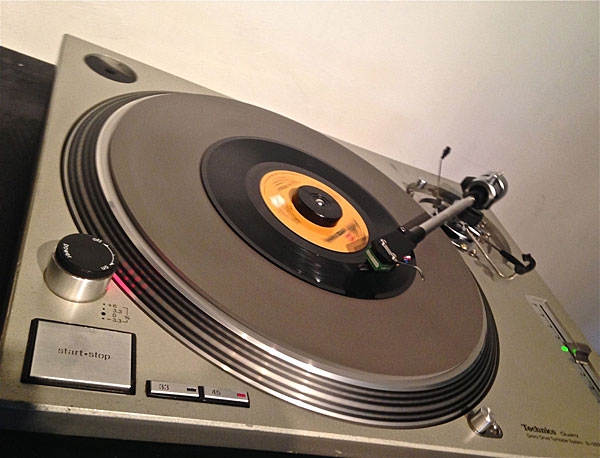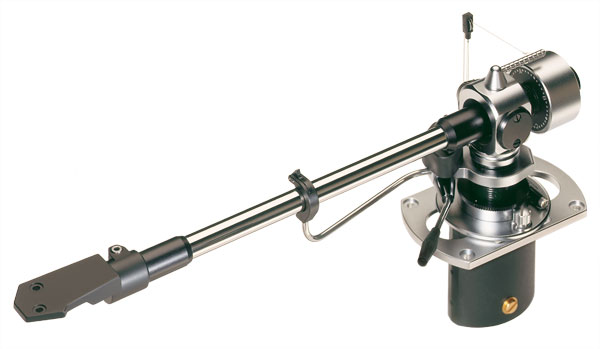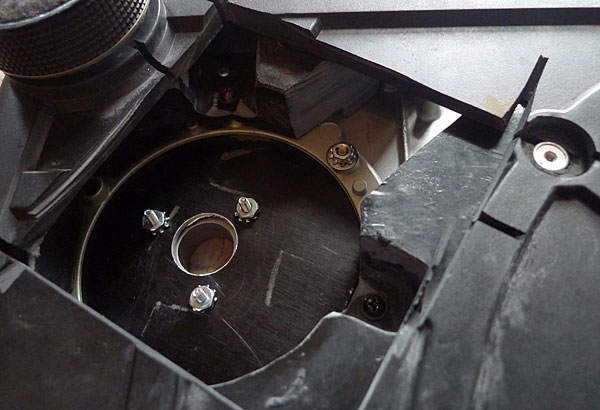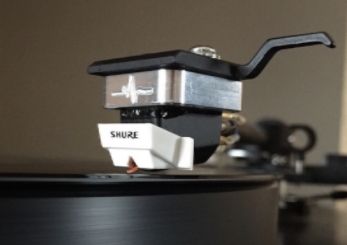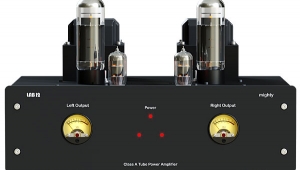| Columns Retired Columns & Blogs |
Do you know WHY the SL 1200 sold so well? Because it sounds every bit as good as any of these $5,000-$20,000 plus turntables made by the small 'garden shed' outfits which most turntable manufacturers are.
BTW: I've never met a garden nymph with roses in her hair. Do you have a lot of them in the USA?
Belt drive? It's all these little outfits having neither the technical knowledge nor the engineering facilities to make a direct drive turntable. So they decry direct drive, which is far too complicated for their so-called 'expertise'.
'Subjective'? No. None of us, having no access to the studio when the recording was made, can know what it is supposed to sound like anyway.
"I like the sound my turntable makes". Since when has HiFi got anything to do with what you 'like'? The very phrase 'High Fidelity' means accuracy. If you don't lke the sound of YOUR recording of Handels Water Music or whatever, buy a different recording. I bet the SL 1200 imposes far less 'signature' or 'color' to the music than these garden shed turntables do.
BTW: Strange you had to do all that work to fit the SME arm. I just purchased an arm board to suit any SME '9 inch' arm and my Series IV bolted straight in, except for cutting a small bit of the 'rubber' SL 1200 base away.
